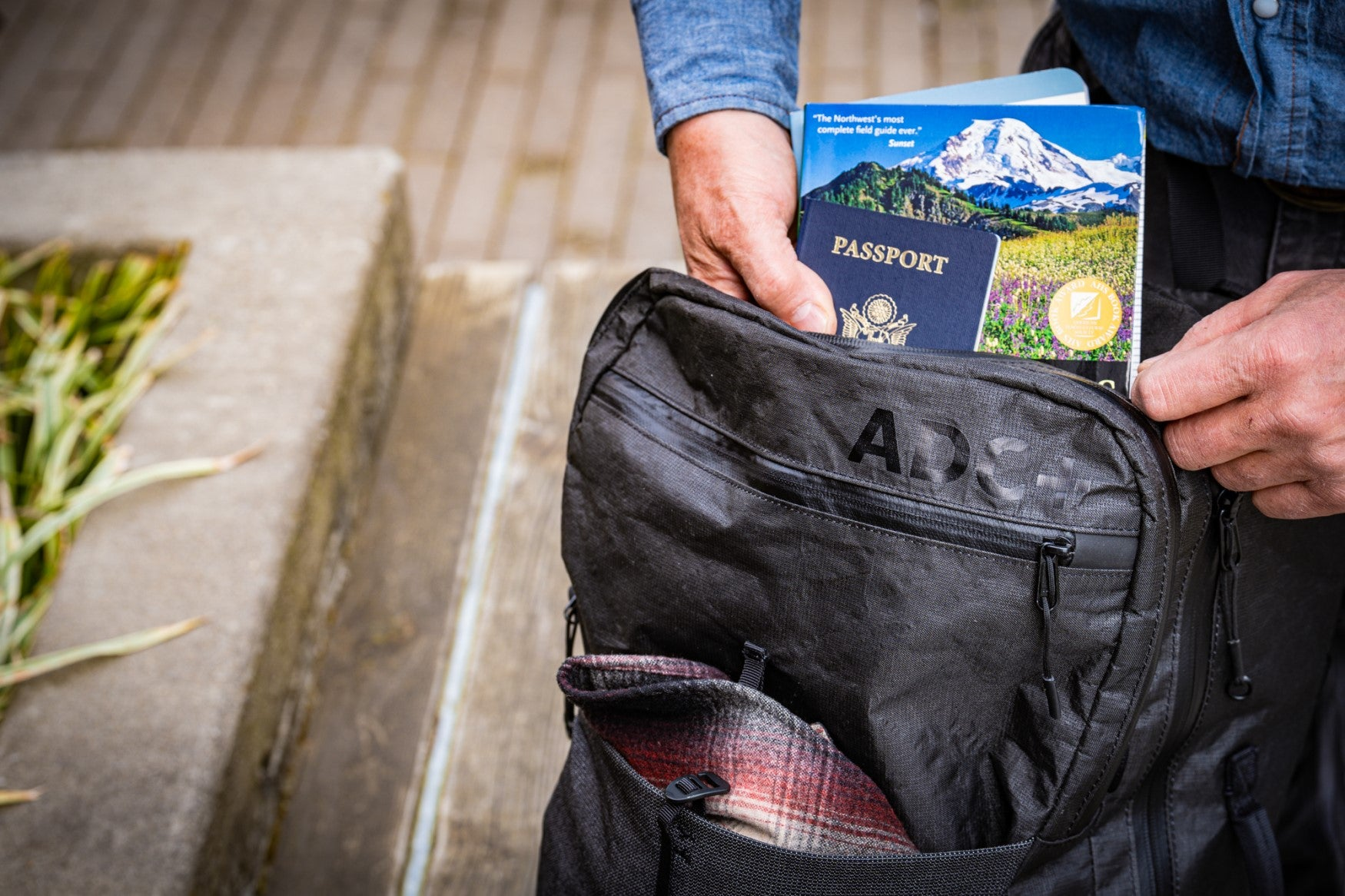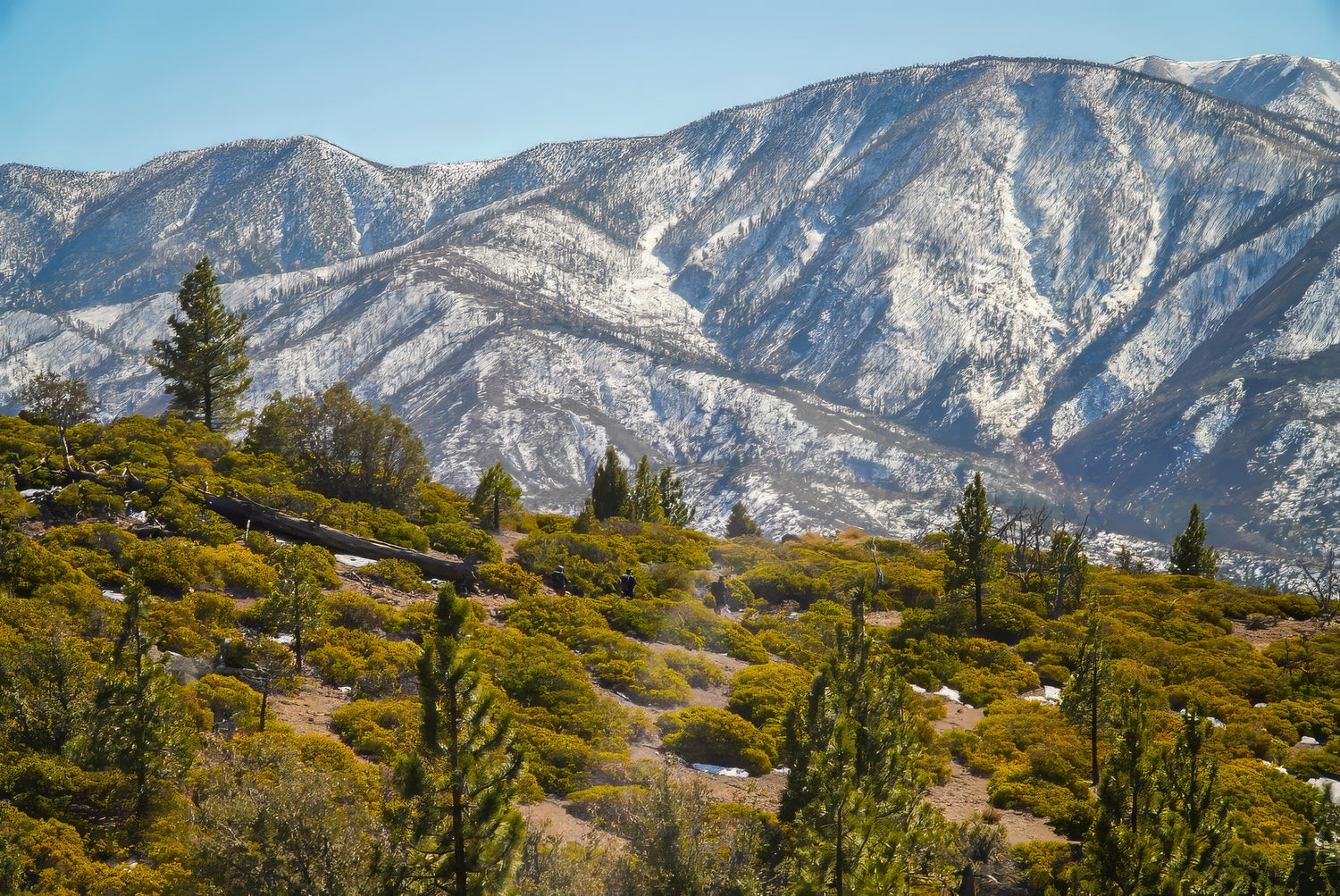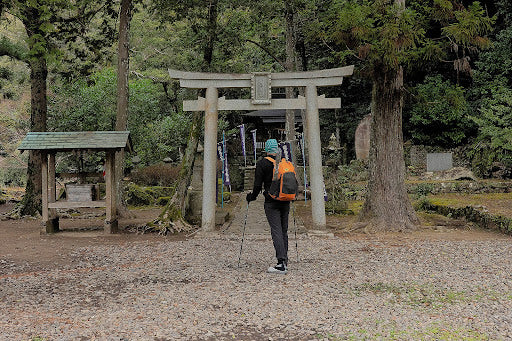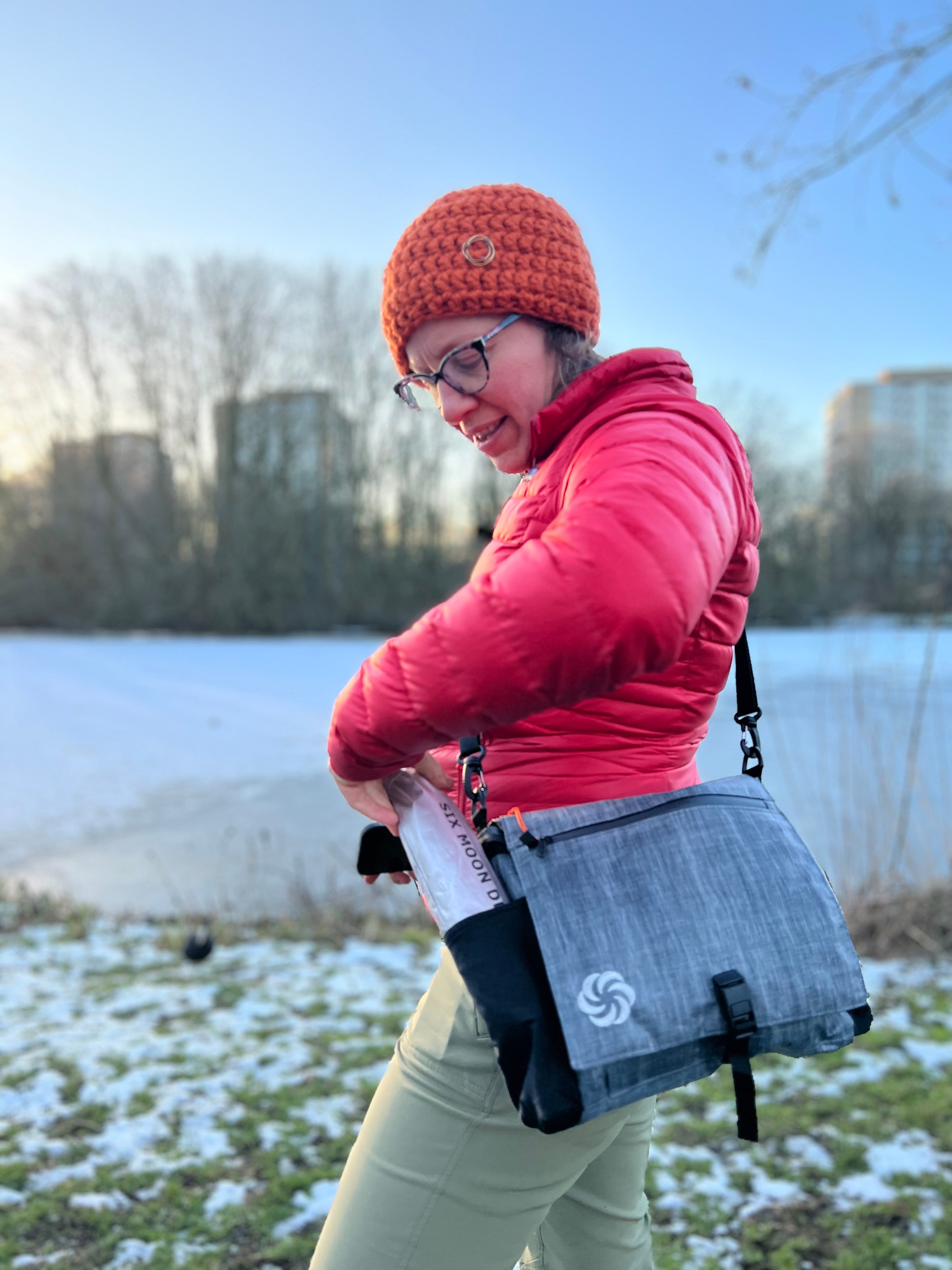Southern California is a hiker’s paradise. It’s the land of sun-kissed beaches, sprawling deserts, and majestic mountains which beckons adventurers from far and wide. If you're looking to fully experience the natural beauty of Southern California, there's no better way to do it than by hitting the trails. But if you're new to hiking or just getting started, we'll walk you through everything you need to know to have a fun time on the trails in Southern California.

As enticing as conquering some of Southern California 10,000 foot peaks may be, it's essential to start small, especially if you're new to hiking. Begin with shorter, easier trails that match your fitness level and experience. Southern California boasts an array of beginner-friendly hikes, from scenic coastal paths to tranquil nature trails. As you gain confidence and stamina, you can gradually tackle more challenging terrain and longer distances.

Before heading out on any hiking adventure, take the time to research your chosen trail thoroughly. Familiarize yourself with the terrain, elevation gain, distance, and estimated time required to complete the hike. Check the weather forecast and trail conditions to ensure a safe and enjoyable experience. Pay attention to any special considerations such as permits, parking fees, or seasonal closures. And always let someone know your hiking plans, including your intended route and expected return time, especially if you're venturing into remote areas with limited cell service.

Hydration and safety are paramount when hiking in Southern California, especially in the desert climate and during the hot summer months. Bring an ample supply of water – at least one liter per hour of hiking – and drink regularly to stay hydrated. Consider carrying electrolyte-replenishing snacks like sports drinks, fruits, or energy gels to maintain your energy levels. Protect yourself from the sun's rays by wearing sunscreen, sunglasses, and lightweight, breathable clothing that covers exposed skin. And always heed any warning signs of dehydration, heat exhaustion, or heatstroke, such as dizziness, nausea, or excessive sweating, and take appropriate action if necessary.

As stewards of the land, it's our responsibility to minimize our impact on the environment and leave the trails as we found them – or even better. Follow the principles of Leave No Trace: stay on designated trails, pack out all trash (including food scraps and biodegradable items), and respect wildlife by observing from a distance and not feeding or disturbing animals. Avoid trampling vegetation, creating new trails, or leaving behind graffiti or other markings. By practicing Leave No Trace ethics, we can ensure that future generations can enjoy the natural beauty of Southern California's wilderness.
With 20+ years of hiking in Southern California, 3 of my favorite trails for people to start out on are the Hidden Valley trail in Joshua Tree National Park, the Etiwanda Preserve, and a hike up to Mt. Islip.

The Hidden Valley trail within Joshua Tree National Park offers a captivating, self-guided loop spanning one mile, weaving amidst immense boulders once thought to conceal notorious cattle rustlers. Renowned as one of Joshua Tree National Park's most frequented and picturesque hiking routes, it also doubles as a renowned rock-climbing destination. This trail is great for families with young kids.

The Etiwanda Preserve offers many different trails with a slight elevation gain. The true gem of this hike is Etiwanda Falls, which is a waterfall nestled under a canopy of trees. Throughout the trails of the preserve are many signs that go over details of the preserve. This is a perfect hike for the springtime when plants are starting to bloom.

The trail to Mount Islip is a loop takes you through the Crystal Lake Basin in the San Gabriel Mountains to the summit of Mount Islip and back. The loop is 7.5 miles with about 2,400 feet of elevation gain. The views from the summit are spectacular and on a clear day you can see Catalina Island and Telescope peak in Death Valley.
Remember that hiking is not just about reaching the summit or completing a trail – it's about the journey itself. Take the time to pause, breathe, and soak in the sights, sounds, and scents of the great outdoors. Whether you're hiking solo, with friends, or with family, cherish the moments and memories you make.











Leave a comment
This site is protected by hCaptcha and the hCaptcha Privacy Policy and Terms of Service apply.